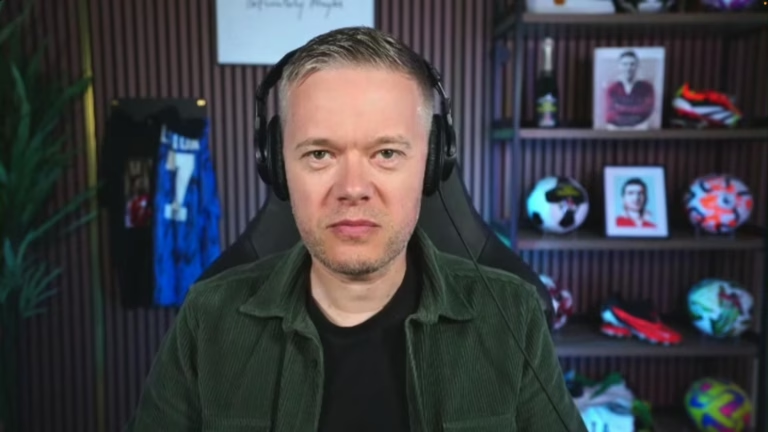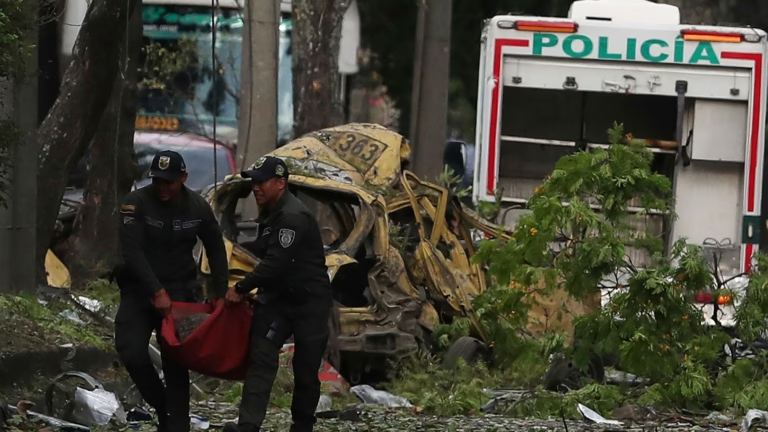A man’s brain partially transformed into glass due to the eruption of Mount Vesuvius.
Researchers uncovered obsidian-like dark fragments within the skull of a man in the ancient town of Herculaneum.
Similar to Pompeii, Herculaneum was devastated in 79 AD when the volcano erupted, resulting in thousands of deaths and the burial of both towns under a thick layer of volcanic material and mud, preserving them for future archaeologists.
The victim was initially discovered in the 1960s inside a building known as the College of the Augustales, which was dedicated to the worship of Emperor Augustus.
He is believed to have been the college’s custodian and was killed in his bed around midnight, presumably while asleep as the eruption’s initial effects took hold.
The town was buried during the latter stages of the geological event.
However, upon re-examination of his remains recently, the glass fragments were identified.
In a paper published on Thursday, researchers stated this as the “only such occurrence” on Earth.
It resulted from a super-hot ash cloud that likely swiftly killed the inhabitants after it descended on their city.
The glass was formed through vitrification, the process of converting material into glass when the brain’s organic matter was subjected to extremely high temperatures – at least 510C (950F) – and then rapidly cooled.
“The glass created by this process enabled the integral preservation of the brain’s biological material and its microstructure,” said forensic anthropologist Pier Paolo Petrone of Universita di Napoli Federico II, one of the study’s leading researchers.
Dr Petrone added: “The only other type of organic glass we have evidence of is that which occurs in rare cases of vitrification of wood, with sporadic examples found at Herculaneum and Pompeii.
“However, in no other case worldwide have vitrified organic human or animal remains ever been found.”
Read more from Sky News:
Jailed Kurdish leader urges group to disarm
Kenyan police ‘confident’ of catching killer of Scot
Trump tells Starmer UK may get ‘great’ trade deal
Mr Petrone continued: “I was in the room where the college’s custodian was lying in bed documenting his charred bones.
“Under the lamp, I suddenly saw small glassy fragments glistening in the volcanic ash that filled the skull.”
“Taking one of these fragments, it had a dark appearance and shining surfaces quite similar to obsidian, a natural volcanic glass – black and shiny, whose formation is due to the very rapid cooling of lava.”
“But, unlike obsidian, the glassy fragments were extremely brittle and easy to crumble.”










